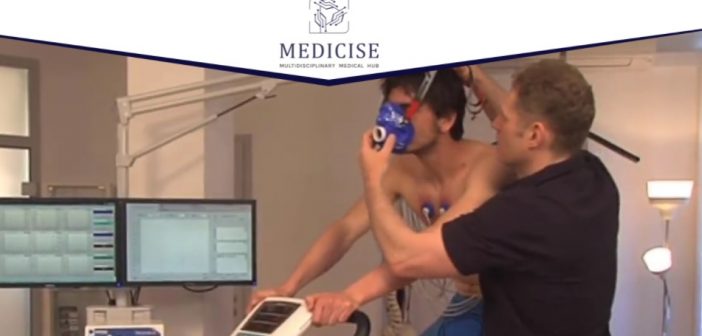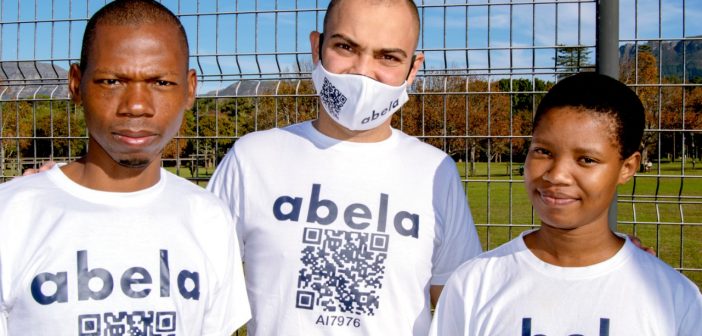Researchers Are Developing the Most Detailed 3D Map of Universe to Explain How it has Evolved

An multinational team of scientists has created the most detailed 3D picture of the universe to date, with astrophysicists revealing information about the first 7.5 million galaxies out of 35 million. The breathtaking image depicts a cosmic web of galaxies stretching back billions of light-years.
And this is simply the beginning of the seven-month-old project. The survey is projected to take five years to complete and will help explain dark energy, a factor that makes up 68 percent of the universe and drives its growth.
The Dark Energy Spectroscopic Instrument (DESI) is being used for the study, and scientists have created a component out of 5,000 optical fibers that increases the telescope’s field of vision.
Every month, around a million galaxies are added to the project. When the map is complete, with data dating back as far as 11 billion years, it is expected to aid scientists in understanding the origins of the universe and its future trajectory.
“This [project] will assist us in our search for information regarding the nature of dark energy. We will also learn more about dark matter and the function it plays in the formation of galaxies like the Milky Way and the evolution of the cosmos “According to Professor Carlos Frenk of Durham University’s Institute for Computational Cosmology,
The researchers are also attempting to utilize the data to determine the behavior of medium-sized black holes in tiny galaxies. DESI has already mapped 7.5 million galaxies and hopes to add another 27.5 million by the conclusion of its lifetime in 2026.
DESI is cataloging considerably fainter and redder objects than previously discovered, according to Victoria Fawcett, a PhD researcher at Durham University’s Centre for Extragalactic Astronomy, which is also collaborating in the study. “We’re discovering a lot of strange systems, including huge samples of rare items that we haven’t been able to analyze in detail before,” she explained.
The DESI system has been placed on the Nicholas U. Mayall Telescope in Arizona.







